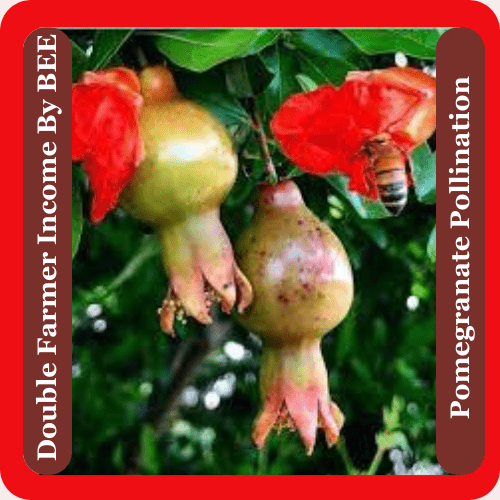Honey bee farming can be a profitable venture
Honey bee farming can be a profitable venture, but it depends on a variety of factors such as the location of your bees, the demand for your honey and other hive products, and the costs associated with maintaining your bees. Here are a few things to consider when evaluating the profitability of a honey bee farming business:
- Location: The location of your bees can impact their productivity and the demand for your hive products. For example, bees in an area with a diverse range of flowering plants may produce more honey than bees in an area with fewer flowers.
- Demand: There is a growing demand for locally-produced honey and other hive products, such as beeswax candles and lip balm. This can be a good opportunity for honey bee farmers to sell their products directly to consumers or to local businesses.
- Costs: Keeping bees can require a significant investment in equipment and supplies, including beehives, protective gear, and medications. You’ll also need to consider the cost of maintaining your bees, including feeding them during times when there is a shortage of flowers and replacing queens when necessary.
- Here are some of the most common types of bees:
- Western honey bees (Apis mellifera)
- Eastern honey bees (Apis Indica cerana)
- Bumblebees (Bombus spp.)
- Stingless bees (Meliponini)
Overall, it’s important to do your research and carefully evaluate the costs and potential profits before starting a honey bee farming business.






Leave A Comment